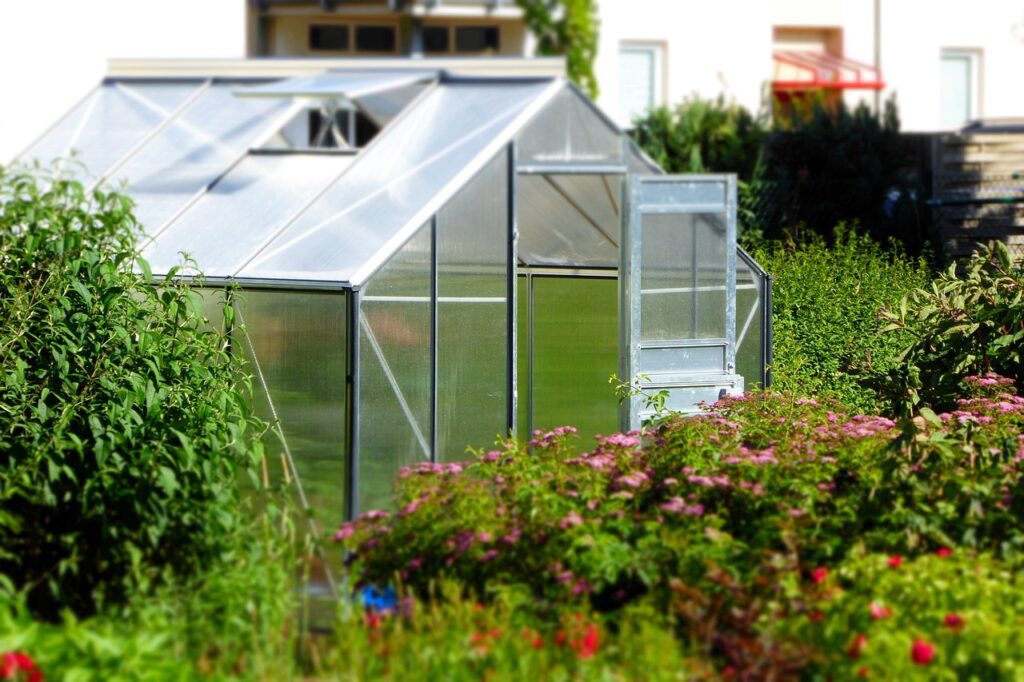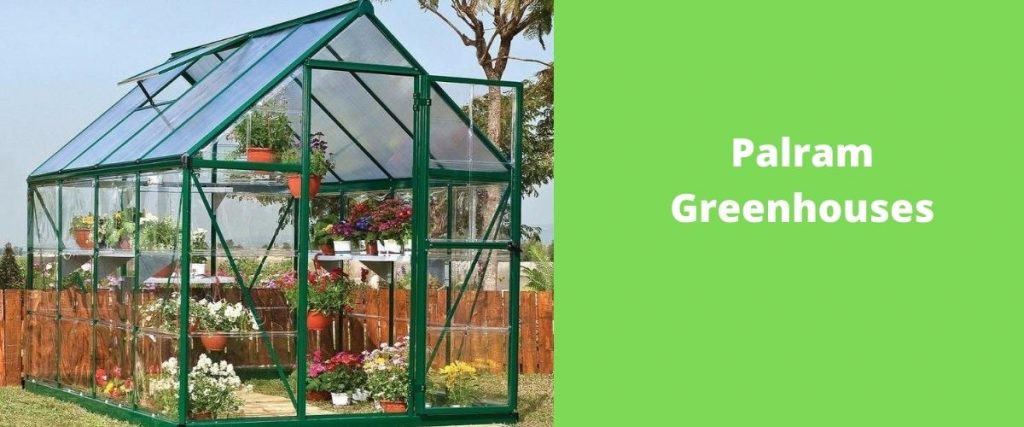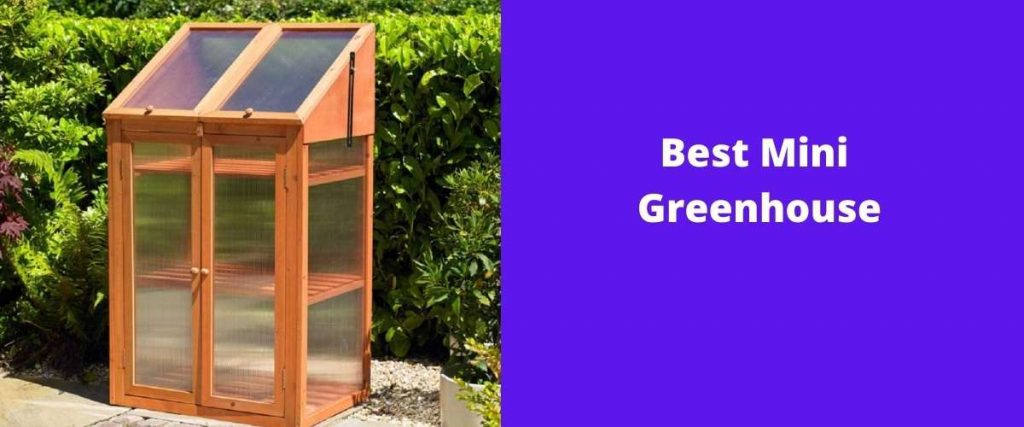Smart Greenhouse 101: A Complete Guide
Greenhouse farming, a type of urban farming, allows farmers to provide optimal growing conditions by creating a controlled environment tailored to the crop’s needs.
Many farmers, however, are unable to reap the benefits of greenhouse crops and achieve the necessary yield because they are unable to effectively monitor and manage key elements that influence plant development and production, such as light, air, and temperature.
Smart greenhouses automatically gather and distribute information 24/7 by using contemporary sensor and communications technology.
Collected data is put into an IoT platform where analytical algorithms transform it into actionable insight to discover irregularities.
As a result, HVAC and lighting operations and irrigation and spraying operations may all be controlled on demand. A smart greenhouse helps farmers reduce labor costs, increase resources and optimize yields by accessing huge crop information.


What is Smart Greenhouse?
The worldwide farming business has been under severe strain due to climate change, decreasing resources, and rising population.
So, it’s no wonder that the farmers are looking for innovative technology to improve crop production and efficiency. A greenhouse provides a regulated environment that is tailored to the demands of the plants being grown within.
A Smart Greenhouse is a self-regulating controlled environment that promotes plant development. Temperature, humidity, luminosity, and soil moisture are all regularly monitored climatic variables within the Greenhouse.
Small changes in certain environmental variables trigger automated actions. The automated actions evaluate changes and take corrective action, ensuring that optimal plant growth conditions are maintained.
How Does Smart Greenhouse Works?
A greenhouse with sensors and actuators is known as a Smart Greenhouse. The sensors and actuators are linked to a microcontroller based on Intel Edison.
The microcontroller sends and receives data from an AWS cloud-based control center. Smart Greenhouse may be accessed via a tablet application.
The Greenhouse may also be controlled by voice commands. The Smart Greenhouse’s architecture may be broken down into three key components. Control Center for Sensors and Actuators in a Connected Greenhouse and devices for Interaction with Users.
Smart Greenhouse’s Key Components
So, what are the requirements for implementing a smart greenhouse? There are a few important considerations to make.
Sensors gather a variety of agronomic and security data using low-energy, battery-operated technology. Wireless communication is both reliable and cost-effective for transmitting data.
A diagnostic, machine learning platform that extracts information from sensor data and visualizes it on chosen user interfaces to help farmers make better decisions.
The platform may also be directly connected to current greenhouse management systems to automate HVAC, lighting, sprinkler, and spraying network activities. To achieve a better crop growth rate, farmers can monitor and adjust the parameters listed below:
- Luminosity
- Temperature
- Moisture in the soil
- Humidity
Benefits of Smart Greenhouses
· Micro-Climate Conditions
Farmers may now collect data points at incredible precision thanks to IoT devices. Throughout the Greenhouse, they offer real-time data on essential climatic elements, including temperature, humidity, light exposure, and carbon dioxide.
This information leads to appropriate changes to HVAC and lighting settings in order to maintain the ideal conditions for plant development.
· Irrigation and Fertilization
Smart greenhouses allow farmers to keep track of their crop status in addition to environmental factors. For maximum yields, this guarantees that irrigation and fertilization operations are in line with the real demands of farmed plants.
Readings on soil volumetric water content can reveal if crops are under water stress. Similarly, soil salinity tests provide helpful information on fertilizer requirements.
· Correct Use of Water and Better Yield
Farmers may utilize Smart Greenhouse to create an environment for their crops that results in higher crop quality. Water wasting is one of the most pressing issues confronting the agricultural industry today.
Smart Greenhouse assists farmers in increasing crop yields while conserving water by tracking water consumption. Smart Greenhouse promotes proper water conservation by creating a timetable depending on the type of crops, quality, production, and weather conditions in the area.
· Infection and Disease
Crop infection is a recurring farming problem. Data on greenhouse conditions, external weather, and soil characteristics give useful insights into current pest and fungal threats with the use of a machine learning platform.
Farmers may use this information to administer treatments precisely when they are needed, ensuring a healthy crop at the lowest possible chemical cost.
· Improve Security
Many growers do not have an efficient security system in place since standard monitoring networks with CCTVs are costly to establish.
IoT sensors in smart greenhouses provide a cost-effective infrastructure for monitoring door status and detecting suspicious activity in this context. When they’re linked to an automatic alarm system, they may immediately alert growers if a security risk emerges.
Conclusion: The Future of Farming
The main drivers of food production insecurity are climate change and population growth. Temperature rises, dry environments, unpredictably fluctuating weather, and a lack of clean water are all effects of climate change on agriculture.
Winter farming has traditionally been done in cold climates using or transparent greenhouses. These greenhouses are not ideal for summer farming due to the greenhouse effect caused by sunlight.
Smart farming in agriculture has recently provided a lot of freedom in terms of controlling environmental elements. Smart agriculture relies on a regulated artificially manufactured environment.
A smart structure with smart control has been built in the suggested study to regulate probable aspects of optimal plant health. For examination of the present state of the smart green home, smart control is done by smart sensors based on intelligent control systems.
Farmers can manage environmental factors in typical greenhouses using a control system that requires manual intervention, which typically results in productivity loss, energy waste, and higher labor costs.
Greenhouse farming, a type of urban farming, allows farmers to provide optimal growing conditions by creating a controlled environment tailored to the crop’s needs.
There are various drawbacks to carefully controlling all of the variables that might impact plant quality and yields. As a result, an automated monitoring and regulating system is a solution that will improve greenhouse farming by eliminating the guesswork.


